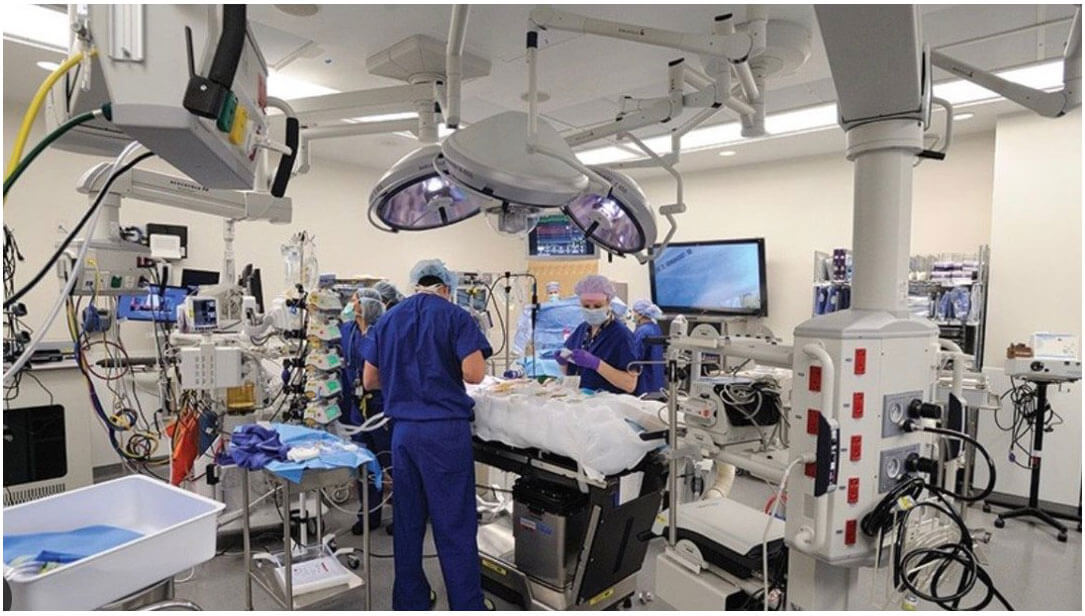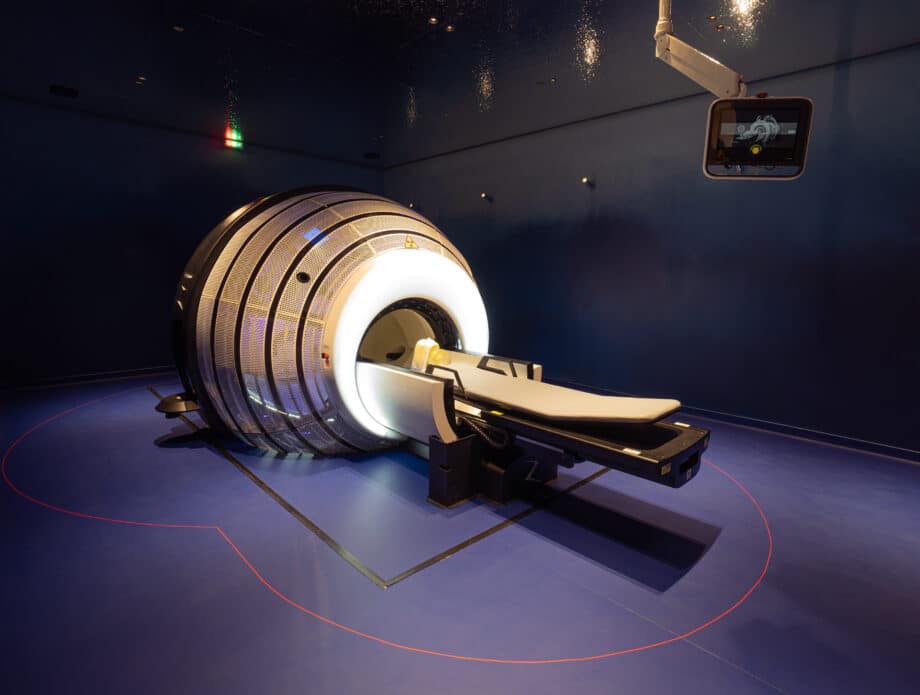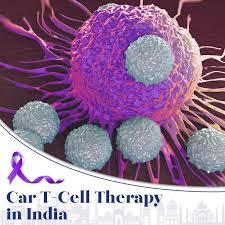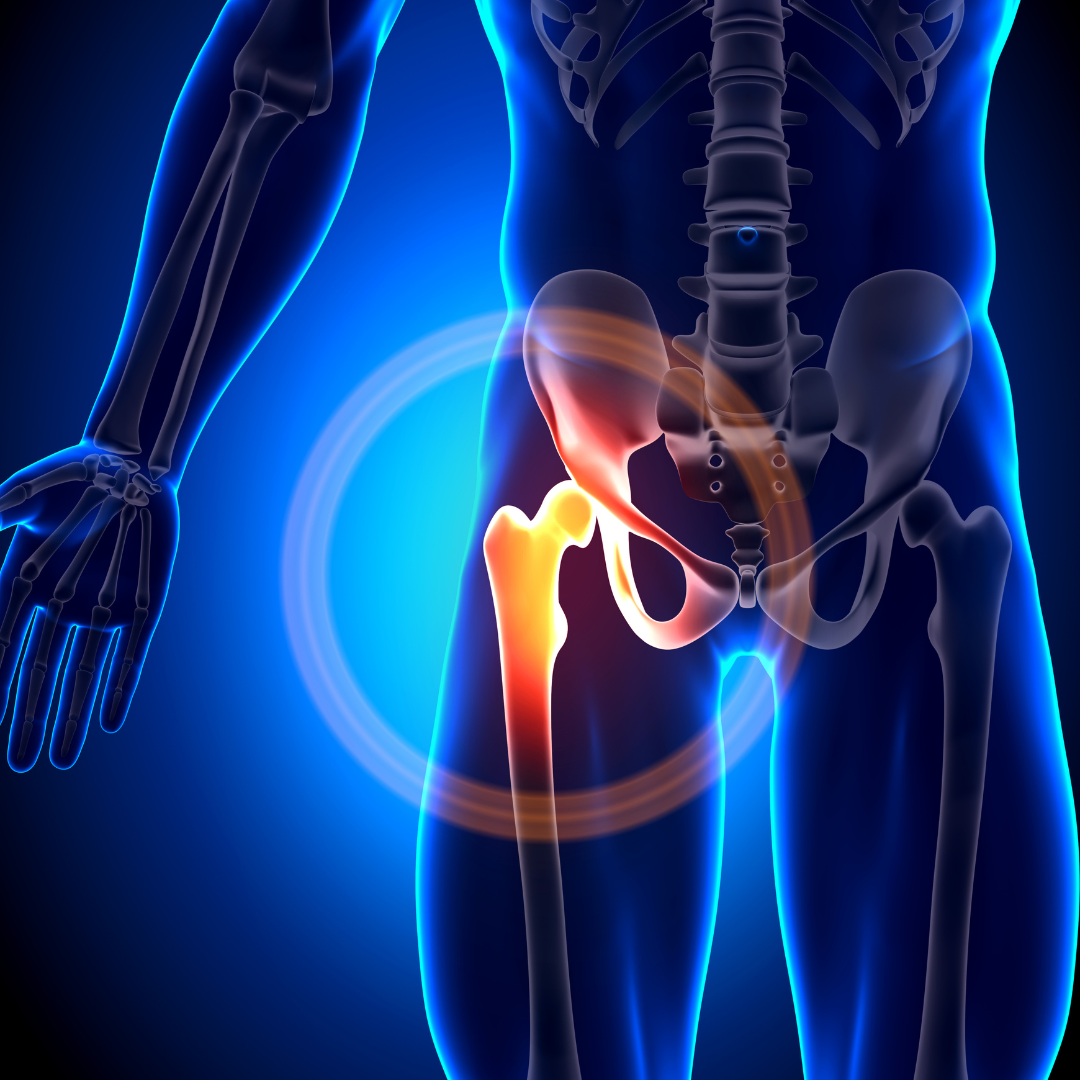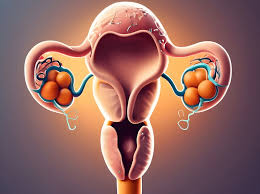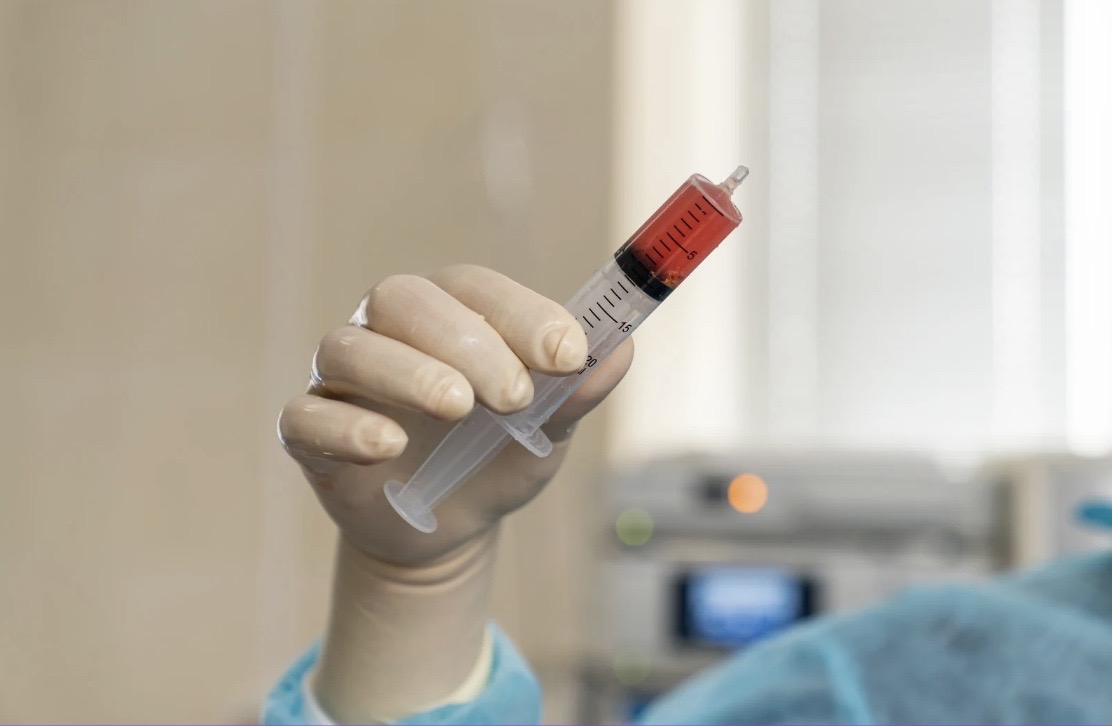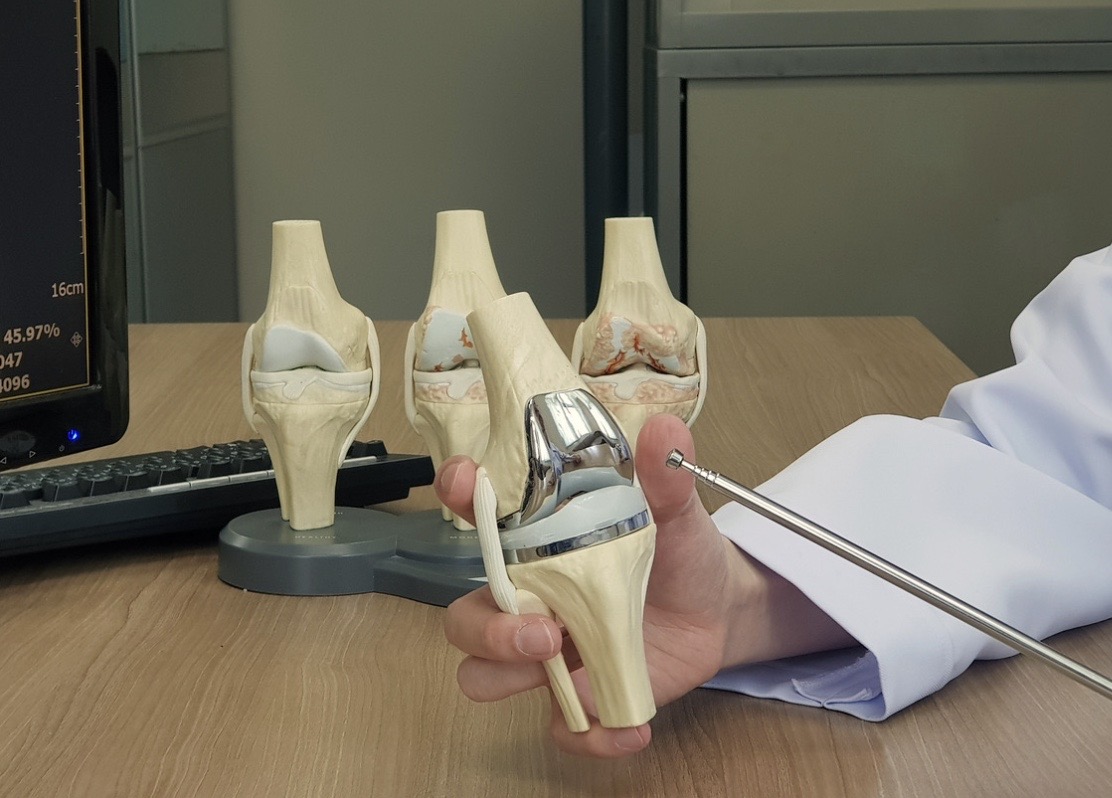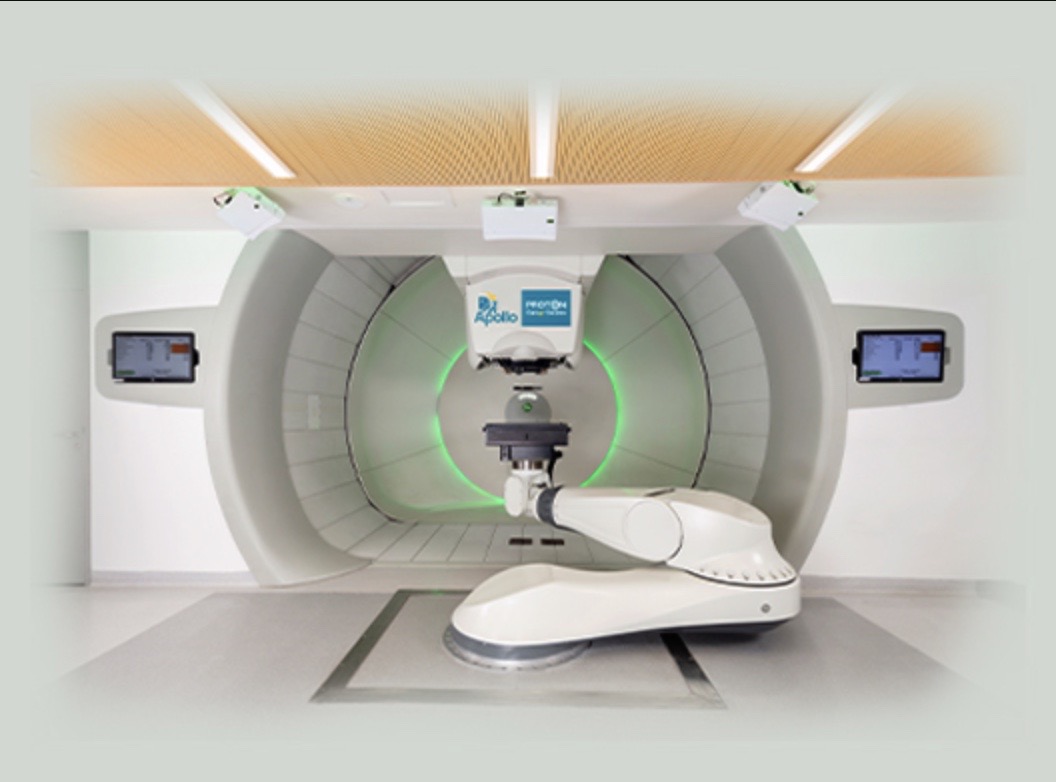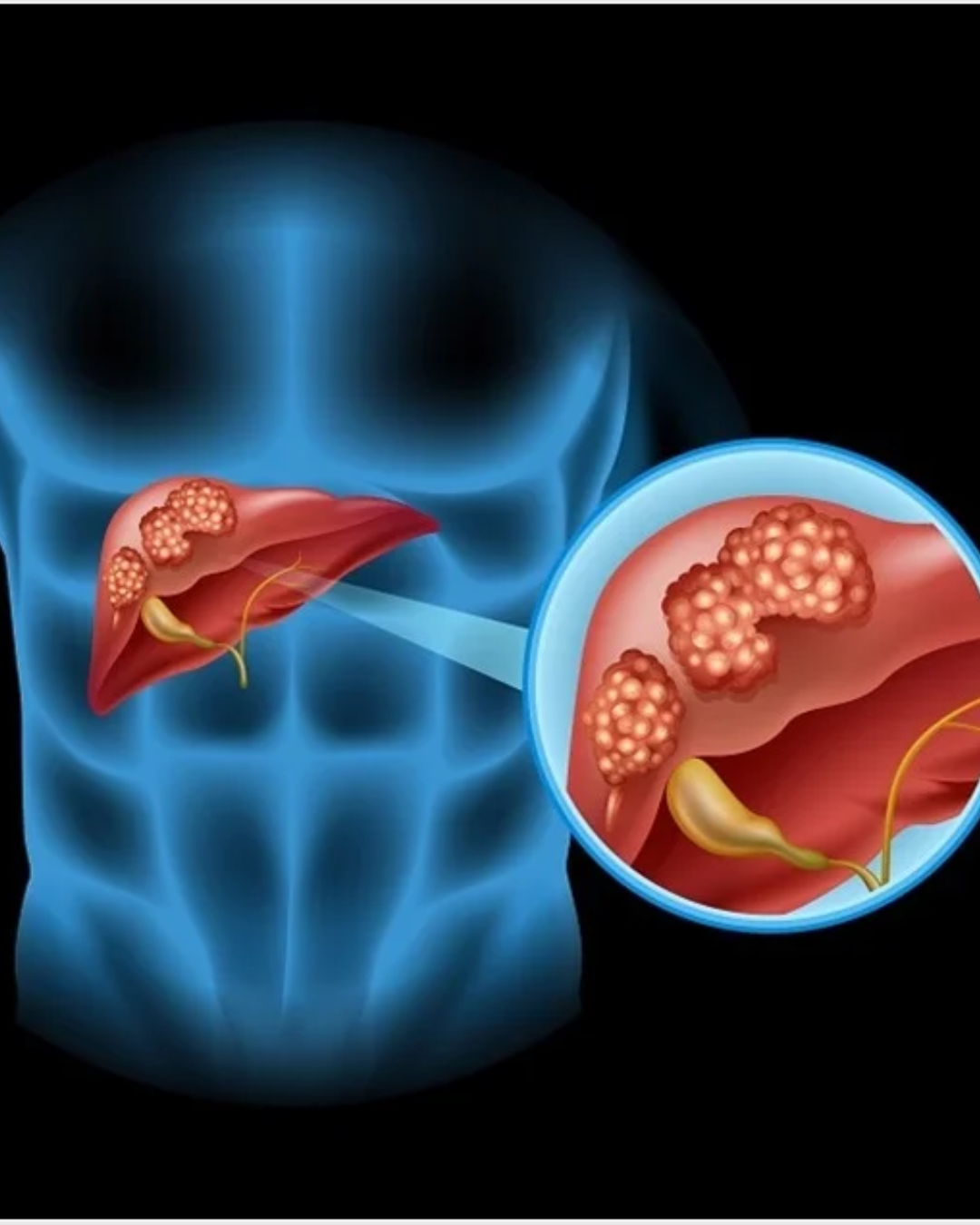
Liver Transplantation: A Life-Saving Procedure
Liver Transplantation: A Life-Saving Procedure
Liver transplantation is a surgical procedure that replaces a failing or diseased liver with a healthy liver from a donor. It is considered the most effective treatment for people with end-stage liver disease and certain liver cancers. With significant advancements in medical technology and surgical techniques, liver transplantation has become a common and successful life-saving option for thousands of people around the world. In this blog, we’ll dive into everything you need to know about liver transplants, including why they are needed, the types of donors, the transplant process, post-operative care, and why India has emerged as a top destination for liver transplant surgery.
What is a Liver Transplant?
A liver transplant is a surgery that involves the removal of a diseased liver and replacing it with a healthy liver from a donor. The liver is a vital organ responsible for critical functions such as detoxifying the blood, producing bile for digestion, and regulating many aspects of metabolism. When the liver fails to function properly, it can lead to life-threatening complications. A liver transplant becomes necessary when other treatments fail to manage the underlying condition effectively.
Why is Liver Transplantation Necessary?
Liver transplantation is typically recommended for people with severe liver conditions that cannot be managed through other medical interventions. These conditions include:
Cirrhosis – The most common reason for a liver transplant, cirrhosis is the scarring of the liver due to long-term damage. Causes include chronic alcohol abuse, viral hepatitis (Hepatitis B and C), fatty liver disease, and autoimmune liver diseases.
Acute Liver Failure – This sudden failure of liver function can occur due to viral infections, drug toxicity (like acetaminophen overdose), or autoimmune diseases.
Liver Cancer – For patients with hepatocellular carcinoma (a type of liver cancer), liver transplantation may be the best option, especially if the cancer has not spread outside the liver.
Genetic Liver Diseases – Conditions such as Wilson’s disease (excess copper buildup) and hemochromatosis (excess iron buildup) can lead to liver failure, making a transplant necessary.
Pediatric Liver Diseases – Conditions such as biliary atresia in infants, which causes bile duct malformations, may also require liver transplantation.
Types of Liver Donors
Liver transplants can come from two types of donors:
Deceased Donor Liver Transplant (DDLT): This is the most common type of liver transplant. The donor is a person who has been declared brain-dead but whose organs are still functioning. The liver is harvested and transplanted into the recipient. Patients are placed on a waiting list, and the donor liver is matched based on blood type, body size, and urgency of the recipient's condition.
Living Donor Liver Transplant (LDLT): In this procedure, a living donor, often a family member or close friend, donates a portion of their liver. The liver is unique in that it can regenerate, so both the donor and recipient’s liver will regrow to normal size within a few months. LDLT offers the benefit of faster access to a liver transplant and typically better outcomes.
The Liver Transplant Procedure
Liver transplant surgery is a complex and lengthy procedure that typically takes between 6 to 12 hours. Here’s a general overview of the process:
Pre-Transplant Evaluation: Before the surgery, both the donor and recipient undergo thorough evaluations. For the recipient, this includes blood tests, imaging studies (such as MRI or CT scans), and physical exams to ensure they are healthy enough for surgery. The donor also undergoes rigorous testing to ensure they are compatible with the recipient and fit to donate.
The Surgery: During the surgery, the diseased liver is removed through an incision in the abdomen. The healthy donor liver is then carefully placed in the body and connected to the recipient’s blood vessels and bile ducts. The surgical team monitors the patient’s vital signs closely throughout the operation.
Post-Surgery Monitoring: After surgery, the patient is moved to an intensive care unit (ICU) for close monitoring. The liver’s function is carefully observed to ensure it is working correctly. Recovery in the hospital typically lasts 1 to 2 weeks, but this can vary depending on the patient's condition.
Post-Transplant Care and Recovery
After a liver transplant, long-term care is essential to ensure the transplanted liver functions well and to prevent complications. Key aspects of post-transplant care include:
Immunosuppressive Medications: To prevent the recipient’s immune system from rejecting the new liver, they must take immunosuppressive drugs for life. These medications lower the immune response, which increases the risk of infections, but they are crucial for transplant success.
Regular Monitoring: Regular blood tests, liver function tests, and imaging scans are performed to monitor the health of the transplanted liver. Early detection of rejection or other complications is critical to ensure successful long-term outcomes.
Healthy Lifestyle Changes: A healthy diet, regular exercise, and avoiding alcohol are essential for maintaining liver health after a transplant. Patients must also adhere strictly to their medication regimen to prevent organ rejection.
Managing Side Effects: Immunosuppressive drugs can have side effects, including high blood pressure, kidney damage, and an increased risk of infections. Managing these side effects with regular check-ups and adjustments to medications is vital.
Success Rates and Life Expectancy After Liver Transplant
With advancements in medical technology and post-operative care, liver transplant success rates have improved significantly. Here are some general statistics:
One-Year Survival Rate: More than 85-90% of liver transplant patients survive at least one year after the transplant.
Five-Year Survival Rate: About 70-75% of liver transplant recipients survive for five years or more post-surgery.
Living Donor Liver Transplants: LDLTs often have slightly better outcomes, as patients can undergo the transplant earlier when they are in better health.
Risks and Complications
Like any major surgery, liver transplantation comes with risks. These include:
Organ Rejection: Despite the use of immunosuppressants, there is always a risk of the body rejecting the new liver. However, with early detection and treatment, rejection episodes can often be managed.
Infections: Immunosuppressive medications increase the risk of infections, so patients need to be cautious and maintain good hygiene and a healthy lifestyle.
Bile Duct Complications: In some cases, bile ducts can become blocked or leak, requiring additional procedures to correct the issue.
Why India is a Leading Destination for Liver Transplants
India has become one of the top destinations for liver transplantation due to several key factors:
World-Class Surgeons and Medical Expertise: India boasts some of the best liver transplant surgeons, many of whom have received international training. The country’s top hospitals have dedicated liver transplant teams with high success rates.
Cutting-Edge Medical Facilities: Indian hospitals are equipped with state-of-the-art facilities, advanced surgical tools, robotic surgery options, and excellent post-transplant care units.
Affordability: Liver transplant surgeries in India are significantly more affordable compared to Western countries like the USA, UK, or Australia. Even though the cost is lower, the quality of care and outcomes remain top-notch, making India a preferred destination for medical tourists.
Availability of Donors: India has a well-established organ donation system and living donor programs, which help ensure timely access to liver transplants. Patients can often find living donors within their families, or be placed on a waiting list for a deceased donor liver.
Comprehensive Post-Transplant Care: Indian hospitals offer a full range of post-transplant services, including regular check-ups, medication management, and lifestyle counselling, ensuring patients have the best possible outcomes.
Conclusion
Liver transplantation is a life-saving procedure that provides new hope for individuals suffering from severe liver diseases. With improvements in surgical techniques, immunosuppressive therapies, and post-operative care, liver transplant patients can enjoy long, healthy lives after surgery.
India has emerged as a leading destination for liver transplants, thanks to its combination of world-class healthcare, affordability, and expertise. If you or a loved one is considering a liver transplant, India offers a unique opportunity to access high-quality care at a fraction of the cost of other countries.


